Taking great travel photos is not so much about what camera you have, but how you use it. That’s why I invited Karin, a professional photographer and teacher at Photography Playground, to share her top tips for how to best capture your favourite travel moments — Marek
When you’re preparing for an epic adventure it’s easy to overlook how you’re going to document your trip. Passports, itineraries and visas are all very important. But have you considered how to prepare yourself photographically speaking?
Often it’s more like an afterthought. And that’s a pity because coming home with great pics from your travels is the best way to keep the memories of your adventures alive and kicking.
Prepping your trip from a photographic point of view can and should start way before you leave. You can start preparing right now!
Tip #1: Discover what you love
It all starts with discovering the things that light you up, bring a smile to your face and fuel your curiosity. Is your heart jumping up and down when you see patterns, shapes, light, textures? Are you fascinated by people, intrigued by a quiet still life, inspired by the buzz of urban street life, or overwhelmed by endlessly rolling landscapes?
Start discovering the things you love today. Don’t wait until you’re there. Make time in your daily life to pay attention to the little things that somehow grab your eye and take out your phone to capture it. This is the best way to get in touch with the things that make you tick. Because you have your phone with all the time there’s absolutely no excuse for not taking the time to do this.
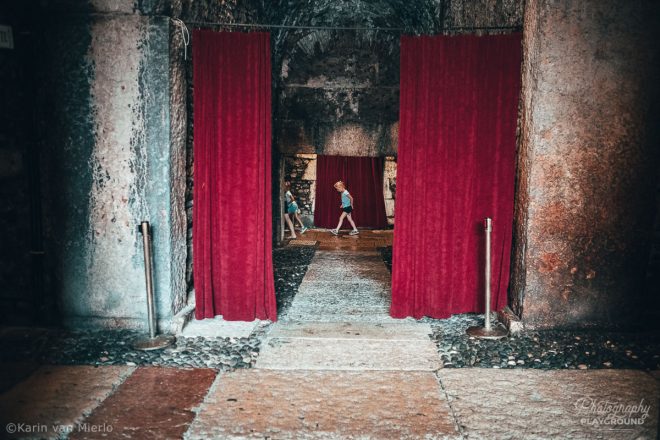
Train your eyes
What you’re doing is training your eyes to become more sensitive to the things that inspire you. Once you’ve become more sensitive to what you love to photograph it’s easier to make the right choices when you’re actually traveling.
You know, the thing is it will be impossible to photograph everything. Having a clear sense of what makes you click the shutter creates a strong focus on the things that matter to you. Because it’s not important that you photograph all the things. You don’t need to hop from spot to spot and snap around. You’ll have a lot of photos when you do that but they will lack purpose.
You won’t see the heart and soul of the place. They won’t tell you anything about how you experienced the place. That’s why it’s better to limit yourself to what truly makes your heart sing. It will give you the focus to create pictures that translate your travel experience.
Tip #2: Do Your Research
Apart from the regular research you probably do before a trip it’s good to research specifically with photographing in mind. My first stop when planning for a trip is Instagram.
It will show the spots where a lot of pictures are taken, the iconic places, the Instagrammable places. It’s for you to decide if you wanna go there or avoid them.
Other photography platforms you can discover great photos are 500px and Flickr. The quality of photography on those platforms is usually a lot higher than the pictures you’ll see on Instagram. Get inspired but please don’t get discouraged.

Get a feel for the place
Reading up on the history, the culture and customs of the place will increase your understanding of the things you see. This will influence your way of photographing it.
When you want to get a feel for the place read a book or watch a movie that’s situated there. Discovering the traditional music is also a great way to get more in the culture of a place. You can even make a playlist for your trip. Stories and music will unveil more of the heart and soul of a destination making it easier to translate some of that into your pictures.
Try to find out about people’s attitude when they’re being photographed. Is it generally accepted or are there objections or beliefs against it. The local laws might also have something to say about this.
Learn at least a few sentences in the local language so you’ll be able to ask people if you can take a few pictures. Holding up your camera and ask “Can I?” while you give them a huge smile will break the ice in most circumstances. “Thank you” and “You’re beautiful” are also very important sentences to know.
Tip #3: Get in the right mindset
One of the most important things is to manage your expectations. You’ve been doing all that research, you’ve seen the amazing pics on Instagram, Flickr, and 500px. You’ve been dreaming about this trip forever. It’s easy to build up al these expectations about how it’s gonna be. About all the great images you’re going to shoot. And that’s totally fine. Anticipation is part of the fun!
Shoot what is
But the thing is you need to be prepared for surprises. Maybe that beautiful quiet spot you saw on Instagram is not so quiet anymore. Maybe on the day, you’re planning to shoot that epic sunset it’s raining like crazy. Maybe the cathedral you’ve been longing to photograph is undergoing constructions.
You need to keep an open mind about what you will encounter once you’ve arrived. It might feel like a disappointment that things are not as you expected, I get that. But when you’re fixated on the ideas you’ve built up in your mind you don’t see what is in front of you. It becomes difficult to shift your attention to what is actually there and what it feels like to you.
Prepare to be disappointed is the mindset you’re after. And turn those ‘disappointments’ into opportunities. More importantly, get in the mindset of shooting what is in front of you.
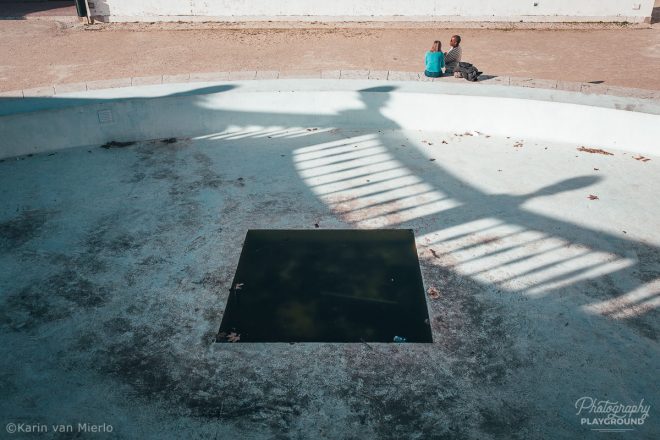
Shoot as if there’s no tomorrow
Another very important mindset is the NOW mindset. What I mean by the NOW mindset is that when you see an opportunity to take a great shot you should take it now.
Don’t wait. Don’t think “Now is not a good time, I’ll come back tomorrow.” or “Shit I don’t have the right lens with me now, let me come back tomorrow.” Chances are tomorrow the circumstances will be different. The light will be different, the people will be different, the weather will be different. Take the shot now. You can always come back tomorrow.
You can start cultivating the NOW mindset today. When you’re on a quest for what you love to shoot take out your phone now. Don’t think about it, just do it! Now.
Prepare to shoot alone
Depending on how much you like to photograph you might want to discuss beforehand with your travel buddies that you’ll want some photography time alone.
I like to go out to photograph alone because then I can go wherever my eyes want to take me. If you’re into photography I advise you to take the time to do the same. It’s a wonderful feeling when you can follow your creative impulses without having to take the feelings of your travel companions into consideration.
Tip #4: Bring gear
This is by far the question I get asked the most when it comes to travel photography. Should I bring lens A or lens B? Shall I bring 2 cameras or will 1 be enough? Should I bring my tripod? What filters do I need?
I’m sorry to disappoint you but the truth is I don’t have the answers to those questions.
Only you have the answers. But I can tell you a few things about gear that will guide your decisions.
It all depends on what you love to shoot. The gear you need to bring will depend on the demands of what you’re most likely going to shoot a lot. So go back to Tip #1 and discover what you love to photograph.
Bring the gear you feel most comfortable with. So don’t buy a camera the day before you leave and think you’ll read the manual on the plane. That’s not gonna bring you any good photos. You need at least a few weeks of practice time to become comfortable with your camera.
Don’t bring loads of gear. You’ll probably be walking a lot and the weight could wear you down. The more you bring the more you’ll need to keep an eye on the stuff to prevent it from getting stolen. This is time, attention and energy you’d better spend on actually taking pictures.
Consider your accommodation plans as well when you’re thinking about the gear to bring. If you plan to stay in hostels bring your own padlock to secure your gear.
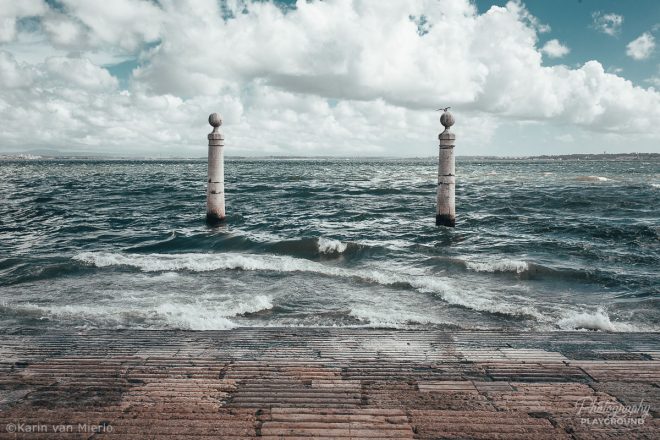
It’s not about the gear
But and this is a huge but…..it’s actually not about the gear. It doesn’t matter what camera you bring. Because a good photograph is not made by your camera. It’s made by you.
Limiting yourself in gear will result in expanding yourself creatively. So don’t worry too much about bringing the right gear. Instead, focus on all the best ways you can photograph your subjects with the camera in hand. You’ll surprise yourself!
Whatever gear you bring check it before you leave. Is everything working as it should? Are all accessories like battery chargers accounted for? Is the sensor spotless? What camera bag are you taking? Will everything fit? Is it still comfortable to walk with it when it’s fully loaded? Did you pack your memory cards and batteries? Another wise thing to do is to download a PDF of your camera manual and save it to your phone.
Tip #5: Prepare to back up
This is part of the gear issue that does make sense to be freaky over. Whatever camera you bring think about how you’re gonna back up your pictures during your travels. This will largely depend on the type of gear you’re bringing and how many photos you think you’re gonna make. Again, there’s no one size fits all answer for this. There are a lot of solutions out there. You have to pick the one that fits your needs.
DSLR/Mirrorless
Bringing enough memory cards will start you off on the right foot. Formatting all the cards before you leave and backing them up to your computer as well. Bring at least 2 memory cards. It’s good to have a spare in case one gets full during the day or gets corrupted.
You should think about a way to upload your files on an external device. This can be your laptop but if you don’t wanna travel with a laptop you should look into an external device.
But remember uploading them on your laptop or an external device is not a back up once you format the memory card. To be totally safe you should copy them to a second device or a cloud service as a backup. Look into Dropbox, iCloud, or Google drive and decide what works best for you.
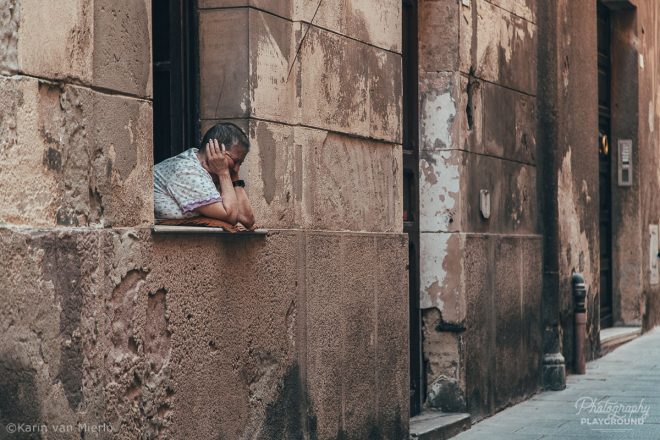
Smartphone
Make sure your smartphone has enough memory to contain all the pictures you’re planning to take. Go through your pictures to see if there’s anything you can delete to clear some space. Of course, only after you’ve made a back up to your computer.
If you’re using cloud storage think about how you’re gonna handle periods of time when you’re not connected to the internet and your photos will not be stored in the cloud. If you lose your phone for whatever reason and you didn’t upload your photos they will be lost.
Best practices
Okay I know I’m a freak when it comes to this. But uploading your files to a computer or external drive is something you should do on a daily basis. Especially after you’ve taken a lot of pictures. A lot of things can go wrong. Sometimes all it takes to lose all your pictures is pushing a wrong button by accident. I’m sure you’ll have no trouble imagining all the horrible stuff that can happen to your camera or your phone.
Set up a backup solution before you leave, decide on backing up daily and stick to the plan!
Tip #6: Download travel photography apps
The first app I advise you to download is not specific for photography. But I consider it the most important one you need to download.
Maps.me
Maps.me is a navigation app based on GPS. It will still work when you don’t have internet. All you need to do is download the maps of the places you’ll be going to and you’ll always have a way to get back to your Airbnb, hotel or hostel.
You prepare yourself to get lost with this app. And that’s what you need to do when you’re photographing. When your brain is in photography mode and you just follow your photographic instincts I hope you get lost (in a good way!). This app will bring you home.
Procamera or FV-5
The second app is a camera app. With the native camera of most smartphones, it’s not possible to control shutter speed and ISO. To turn your point and shoot native camera app into a manual controllable camera you need to download a camera app.
Camera apps are platform dependent so I give you Procamera if you’re an iPhone shooter and FV-5 if you’re an Android shooter.
If you have no clue on how to manually control a camera app you can enroll in Fabulous Phone Photography. You’ll learn how to take control and a lot more awesome skills and tools to take your smartphone photography to the next level.
Golden hour one
Golden Hour One is is a photography app that tells you exactly when and where the sun will rise and set in your location. It will show the blue hour and the golden hour. It will even tell you if the sunset is gonna be interesting or not depending on the weather.
Snapseed
Every picture needs a little tender loving aftercare and my go-to app for post-processing my smartphone pics is Snapseed (iOS, Android). It’s the most versatile and complete editing app out there. It comes with great filters and a lot of adjustments tools.
Snapseed is the editing app I cover in-depth in Fabulous Phone Photography.
Steller
I recently discovered Steller and I loved it from the get-go. It’s a photo sharing app like Instagram but it focusses more on showcasing your pictures in a magazine like format. It comes with different themes and layouts. And you can create stories of your travels using photos, text and video.
Duolingo
Having a language app on your phone is a must when you want to be able to communicate and ask the locals if it’s okay to photograph them.
Tip #7: Learn photography
Absolutely the best tip I can give you is to learn how to photograph. Of course, the tips in this post will get you a long way but investing the time to discover what it takes to make a truly fantastic photograph is time well spent.
You can start by learning how to take amazing pics with your smartphone in Fabulous Phone Photography! Even if you bring a ‘regular’ camera investing in your smartphone photography skills is time and money well spent. Because your smartphone camera is the only camera you have with you all the time. But smartphone photography comes with its own set of challenges and therefor specific skills.
Get 20% off!
When you enroll in Fabulous Phone Photography and apply the coupon code indie20%off at the checkout page 20% will be deducted from the regular price!
If there’s only one thing you could take away from this article let it be the power of constraint. Limiting yourself in subject matter and gear will unleash your creativity. It will energize your curiosity and it will teach you to look for alternatives, for better ways, for roads less traveled.
That …… and daily backups!
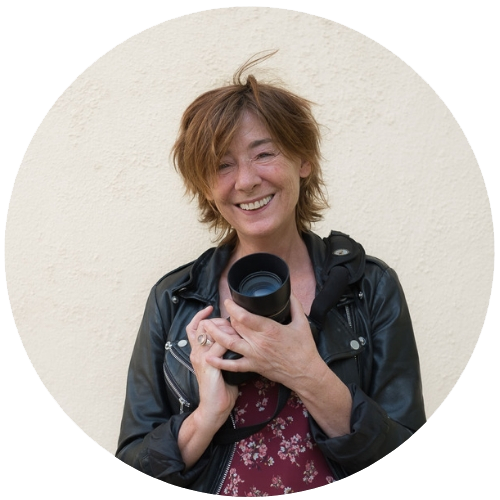
Karin is a passionate travel & documentary photographer, a photography educator, a nomad, and a happy mom. Out of a strong desire to help aspiring photographers create compelling images of everything our astounding planet has to offer she shares her vision, skill, and experience at the Photography Playground Blog and through Online Travel Photography Courses. She believes it’s not the camera that creates a strong image but the creativity, vision, and skill of the person behind the camera.
Some links may be affiliate links, meaning I may earn commission from products or services I recommend. For more, see site policies.
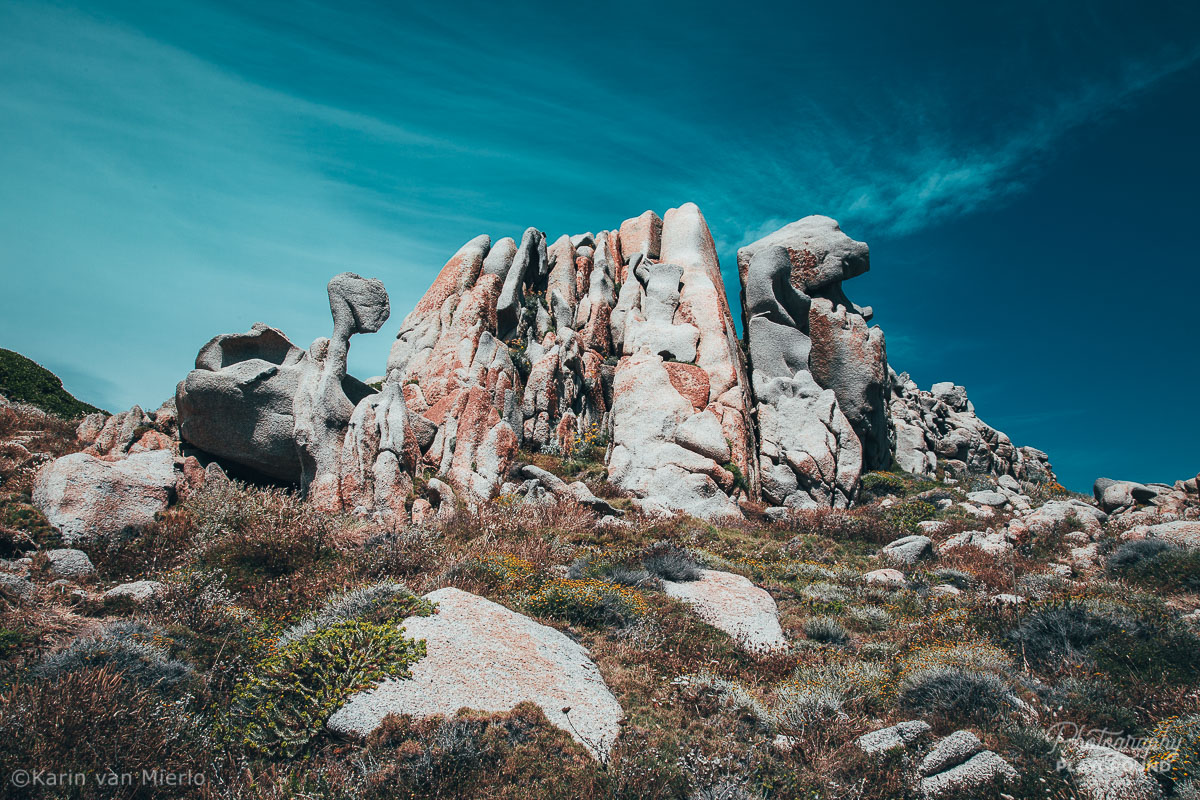
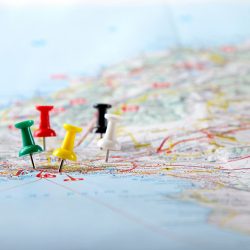
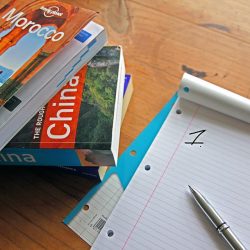




0 comments
Leave a comment
Your email address will not be published. Comments are manually moderated.